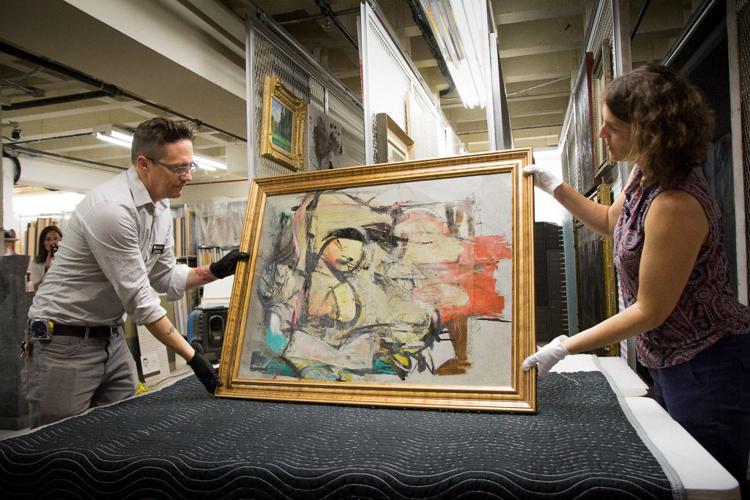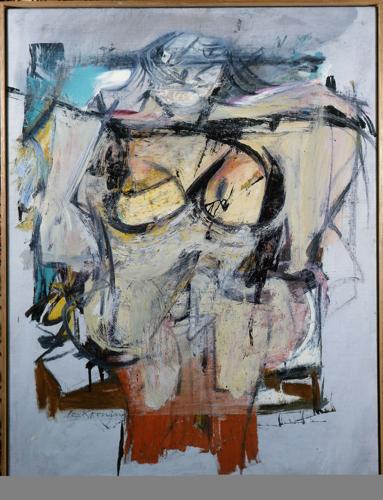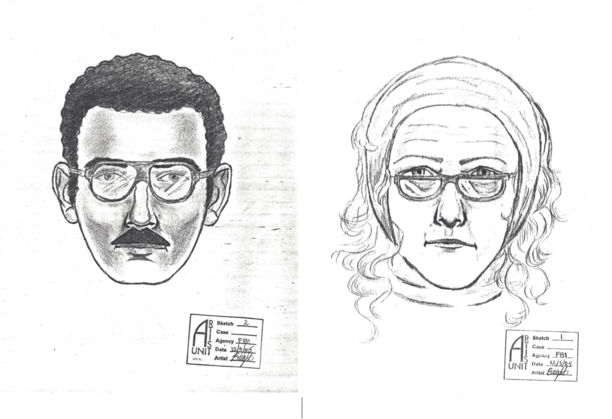“Woman-Ochre,” a Willem de Kooning abstract that was stolen from the University of Arizona Museum of Art in 1985, was recovered last week in Silver City, New Mexico.
An antique and furniture dealer in that city had purchased the painting at an estate sale at a small town near Silver City. When he began to suspect he had an original de Kooning he did some research and called the UA, says Chris Sigurdson, the UA’s vice president of communications.

Today, the empty frame still holds narrow edges of the missing de Kooning painting at the University of Arizona Museum of Art in Tucson.
The university sent a delegation to New Mexico to examine it and brought it back to Tucson. Sigurdson says the painting has been authenticated as the one stolen almost 32 years ago. It is in the process of being restored; a date has not been set for when it will once again be on view at the museum.
While Sigurdson says the university does not release the value of art, another de Kooning painting in the “Woman” series sold for $137.5 million 11 years ago.
And two years ago, a UA spokeswoman said the painting would be worth up to $160 million today.
“Woman-Ochre” was valued at $400,000 when it was stolen the day after Thanksgiving in ‘85, according to Star archives.

A Dec. 6, 1985 sketch of the suspects in the theft of a Willem de Kooning painting from the University of Arizona Museum of Art. They were described as a woman in her mid-50s with shoulder-length reddish-blond hair, wearing tan bell-bottom slacks, a scarf on her head and a red coat, and a man with olive-colored skin, wearing a blue coat. Both had thick-framed glasses.
According to reports at the time, a couple had entered the museum just after it opened. An older woman chatted with the security guard while the younger man went to the upstairs gallery. Just 10 minutes later, they left hastily, which raised suspicion in the guard. He checked the gallery, found the painting had been cut out of the frame, and ran back to the entrance in time to see the couple drive off in a rust-colored car.
“I almost threw up when I saw it,” Kenneth Little, the museum’s registrar, told the Star in 1985 about seeing the empty frame. “It was sickening.”
The UA offered a $10,000 reward for information leading to the arrest, but no one came forward.







